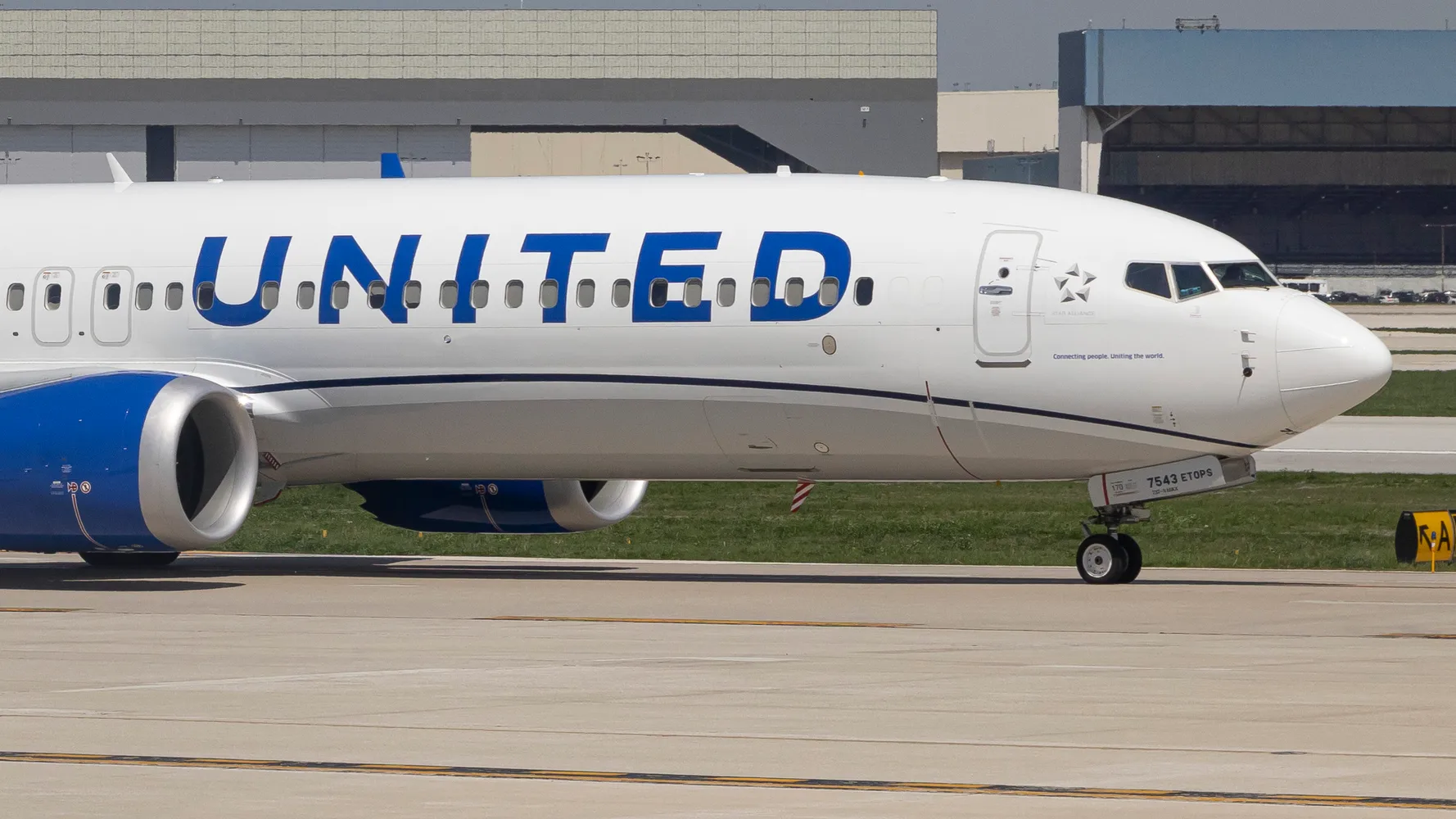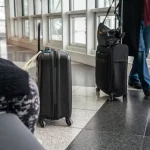A bomb threat on a commercial aircraft, especially on a prominent airline like United Airlines, is a high-stakes crisis. In such situations, protocol, coordination, and preparedness make the difference between safe resolution and catastrophe. This article explains how airlines address in-flight bomb threats, examining the procedures, stakeholders, and technologies involved.
What Happens During a Bomb Threat on a Commercial Flight?
A bomb threat during flight triggers an emergency protocol defined by international aviation authorities such as the FAA (Federal Aviation Administration) and ICAO (International Civil Aviation Organization).
The moment a threat is identified, via anonymous call, onboard report, or intelligence, the pilot and operations control center initiate a threat-level assessment. The aircraft may be diverted, communications encrypted, and emergency response teams activated on the ground.
Historically, airlines like United have followed strict security checklists, including silent code communications between pilots and air traffic control. The focus remains on preserving passenger safety while preventing panic.
How Do Airlines Detect In-Flight Security Threats?
Detection begins long before takeoff. Airlines deploy multi-layered security protocols:
- Behavioral detection by trained crew
- AI surveillance on newer aircraft
- Background checks and passenger profiling
- Real-time alerts from federal agencies
In-flight, unusual behavior is flagged, documented, and relayed to ground control. United Airlines, for instance, works with federal intelligence to vet potential threats before boarding. Advanced threat detection algorithms and cockpit security tech have reduced response times significantly.
What Is the Role of the Pilot and Cabin Crew During Bomb Threats?
Pilots maintain command. They inform ATC, secure the cockpit, and follow the emergency QRH (Quick Reference Handbook). The captain determines whether to divert, climb, descend, or isolate areas of the aircraft.
Cabin crew execute silent protocols, like coded announcements or restricted movement. If necessary, they begin discreet evacuation procedures. According to aviation security consultant Michael Weller, “Flight attendants are trained to de-escalate passengers while the cockpit focuses on navigating the threat.”
How Do Air Traffic Control and Authorities Respond to a Threat?
Air Traffic Control initiates secure air corridors. If a bomb threat occurs mid-flight, controllers clear a diversion route, alert military if needed, and coordinate with the nearest secure airport.
On the ground, law enforcement, including FBI, TSA, and local bomb squads, prepare for containment. Runways are cleared, and emergency crews line up for rapid intervention. In cross-border cases, Interpol and host nation authorities step in for intelligence support.
When you’re dealing with a baggage issue, staying reachable helps, our guide to United airlines lost or delayed baggage shows how to stay connected without overspending.
What Procedures Follow After a Bomb Threat Forces a Landing?
Once landed, the aircraft is moved to an isolated section of the airfield. Procedures include:
- Passenger evacuation via emergency slides or steps
- Canine-assisted luggage screening
- Aircraft inspection by bomb squads
- Interviews and detainment of suspicious individuals
Airlines like United work closely with DHS and airport police to preserve evidence and minimize airport disruption. If the threat is verified as a hoax, law enforcement proceeds with federal charges.
How Do Bomb Threats Impact Airlines Like United Airlines?
A single bomb threat can result in:
- Flight cancellations and re-routings
- Delayed schedules across networks
- Security re-screening costs
- Damage to public trust
United Airlines, serving over 300 airports worldwide, must balance immediate crisis response with long-term brand management. In 2022, a grounded United flight due to a bomb scare in Denver led to 7-hour delays affecting over 2,000 passengers.
Insurance firms cover part of the operational loss, but indirect costs, such as loyalty program churn and regulatory scrutiny, compound over time.
How Are Bomb Threat Hoaxes Handled Legally?
False bomb threats are federal crimes under U.S. Code Title 18 § 35. Offenders face up to five years in prison, fines, and a permanent record.
Jurisdiction depends on flight origin and destination. International flights fall under ICAO protocols and national laws. In 2021, a false bomb call targeting a United flight departing from Newark led to the arrest of a 28-year-old who faced charges in both New Jersey and federal court.
What Security Improvements Have Airlines Implemented Since 9/11?
Aviation security has evolved dramatically since 2001:
- Hardened cockpit doors
- Advanced imaging and CT scanners
- Biometric boarding and secure passenger data systems
- Air marshal deployment and random screening
United Airlines has implemented facial recognition at select gates and uses AI to assess security logs for anomaly detection.
Behavior Detection Programs (BDPs) enable staff to flag micro-signals of distress or deception, helping catch threats before boarding.
How Are Passengers Advised to Respond in Case of an In-Flight Threat?
The TSA and airline-specific safety cards recommend:
- Follow crew instructions immediately
- Avoid sudden movements or panic
- Do not attempt to confront suspicious persons
Airlines provide silent alerts for cabin crew to communicate without alarming passengers. Passengers should refrain from using personal phones until instructed, to avoid network overload or triggering devices.
For frequent flyers, the onboard experience is evolving quickly, our breakdown of the United premier access explains what’s changing and why.
Case Studies of Past Airline Bomb Threat Incidents
United Airlines Flight – Hypothetical 2023 Incident
A reported threat during a Chicago to Tokyo flight led to a diversion to Anchorage. Passengers were held for 6 hours. No device was found. The suspect was arrested for making a false statement.
Delta Airlines Flight 158 – 2016
Received threat via Twitter. Aircraft diverted to Salt Lake City. Nothing found; suspect charged with public mischief.
Lufthansa Flight 400 – 2019
Flight returned to Frankfurt after a phone threat. German police found no explosives, but upgraded cockpit protocols.
Each case reinforces the importance of rapid, standardized response.
FAQs About Bomb Threat Protocols in Aviation
Can you get arrested for joking about a bomb?
Yes. Jokes about explosives are treated as credible threats and can lead to arrest, fines, and flight bans.
How often do bomb threats occur in aviation?
Globally, an estimated 80–120 threats are reported annually. Most are hoaxes, but each is treated as serious.
What happens to passengers if a threat turns out false?
They’re screened again, questioned, and often delayed. Airlines may offer refunds or rebooking but not always compensation.
Airlines are investing in cleaner operations, our guide to sustainable aviation explains what’s changing.





